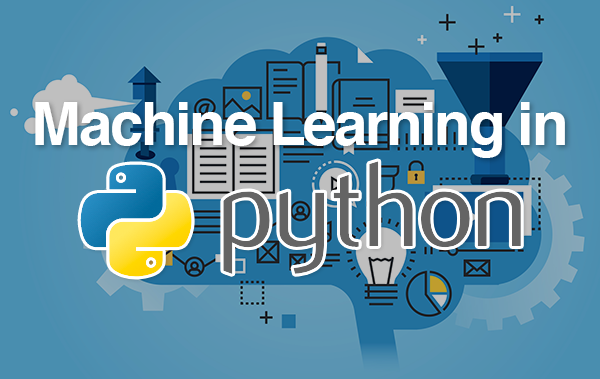
Scatter matrix plots, also known as pair plots, are a great way to visualize and understand the relationship between multiple variables in a dataset. These plots are created by plotting each variable against every other variable in a matrix format, with each cell in the matrix representing a scatter plot of two variables.
To create a scatter matrix plot in Python, you can use the scatter_matrix() function from the plotting module of the pandas library. The function takes in the dataframe that you want to plot, and you can also specify the diagonal of the matrix to be a histogram or a kernel density estimate (KDE) plot.
Before creating the scatter matrix plot, it is a good idea to first take a look at the data and clean it if necessary. This includes removing any missing values, dealing with outliers and transforming variables if needed.
Once the data is ready, you can create the scatter matrix plot by passing the dataframe to the scatter_matrix() function. You can also specify the diagonal of the matrix to be a histogram or a KDE plot.
It is also possible to customize the appearance of the scatter matrix plots by passing various parameters such as the size of the points, the color of the points, and the alpha value.
Scatter matrix plots are a useful tool for visualizing relationships between multiple variables in a dataset. They can be created easily using the scatter_matrix() function from the pandas library in Python. It is a good practice to first clean and prepare the data before creating the plot, and also customize the appearance of the plot with various parameters.
In this Applied Machine Learning & Data Science Recipe (Jupyter Notebook), the reader will find the practical use of applied machine learning and data science in Python programming: Scatter Matrix Plots.
What should I learn from this recipe?
You will learn:
- Scatter Matrix Plots.
Scatter Matrix Plots:
Disclaimer: The information and code presented within this recipe/tutorial is only for educational and coaching purposes for beginners and developers. Anyone can practice and apply the recipe/tutorial presented here, but the reader is taking full responsibility for his/her actions. The author (content curator) of this recipe (code / program) has made every effort to ensure the accuracy of the information was correct at time of publication. The author (content curator) does not assume and hereby disclaims any liability to any party for any loss, damage, or disruption caused by errors or omissions, whether such errors or omissions result from accident, negligence, or any other cause. The information presented here could also be found in public knowledge domains.
Learn by Coding: v-Tutorials on Applied Machine Learning and Data Science for Beginners
Latest end-to-end Learn by Coding Projects (Jupyter Notebooks) in Python and R:
Applied Statistics with R for Beginners and Business Professionals
Data Science and Machine Learning Projects in Python: Tabular Data Analytics
Data Science and Machine Learning Projects in R: Tabular Data Analytics
Python Machine Learning & Data Science Recipes: Learn by Coding